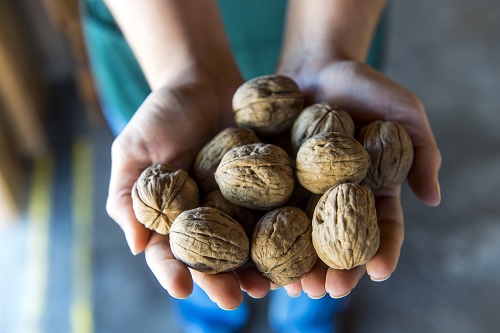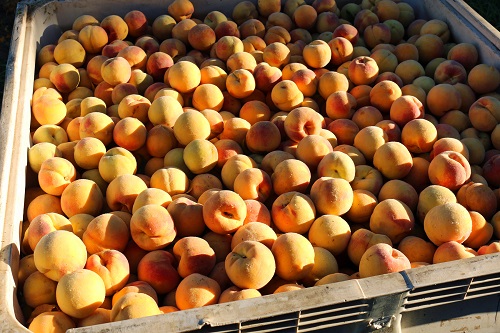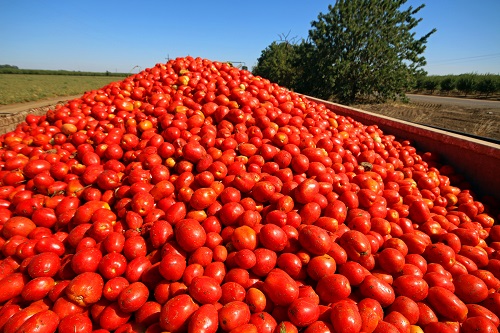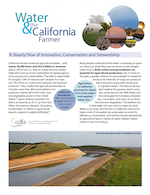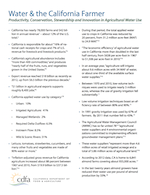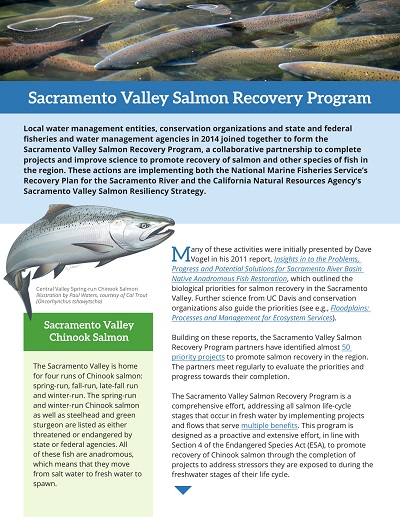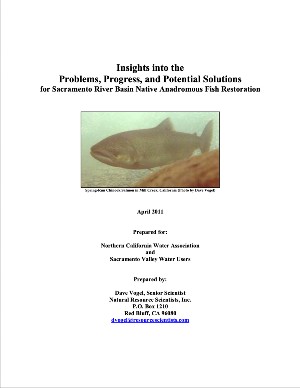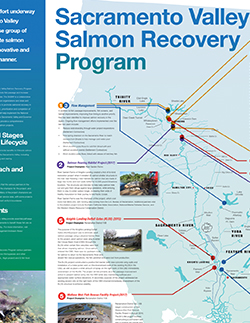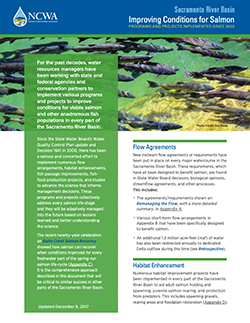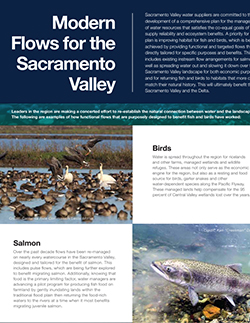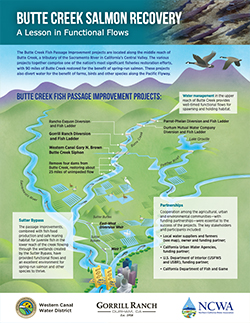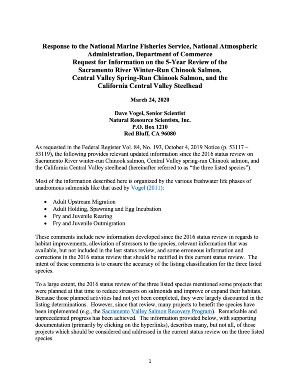“The Sacramento Valley is one of the great valleys of the world, with a vast and fertile soil area. It produces great quantities of precious metals and structural materials. It is blessed with an abundant water supply, and an agriculture much more diversified than is found anywhere else on the face of the earth.” – Sacramento Valley land brochure (1911)
Families have built farms and communities based on the Sacramento Valley’s unique blessing of water, soil and sun. Today, nearly two million acres of pastoral family farms—world renowned ricelands, nuts, fruit, tomatoes, fresh produce and irrigated pasture—propel the Valley’s economic engine. The Valley’s farmland is unique in the way it provides habitat and food for salmon and birds along the Pacific Flyway. The Sacramento Valley has a deep connection between the urban and rural areas that is reflected in Sacramento’s designation as America’s Farm to Fork Capital.
The fertile soils of the Sacramento Valley (Valley) allow for the cultivation of a diverse array of crops that contribute to the rich mosaic of land uses in the region. The California Department of Water Resources (DWR) has developed the California Land Use Viewer which allows people to see the land uses in the Valley and to easily access both statewide (currently 2014) crop data and existing county land use datasets that have been collected over the last 30 years.
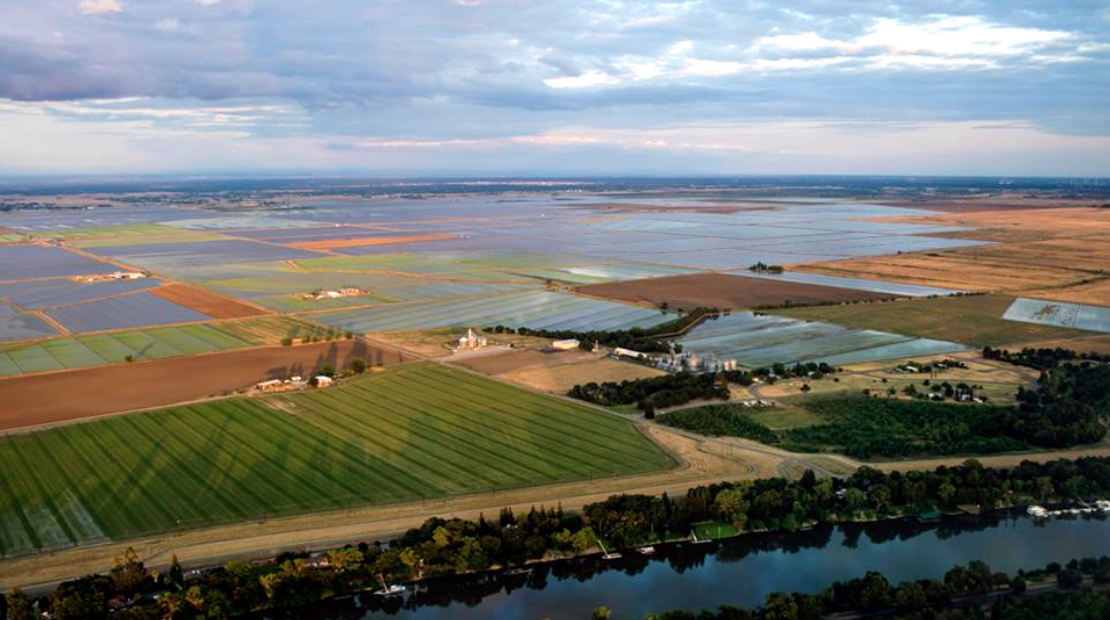
As the maps show, Valley farming is broadly seen in four quarters: one quarter rice, one quarter row crops, one quarter trees and one quarter irrigated pasture. More specifically, crops grown in the Valley include rice, almonds, walnuts, plums, peaches, tomatoes, wheat, olives, corn, alfalfa, pears, sunflowers, grapes, kiwifruit, and hay. The variable soil types in the Sacramento Valley influence where specific crops are grown. Rice tends to be grown (How Rice Grows) in areas with less permeable clay soils (Water Use in Rice). Other crops are grown in areas in the Valley with more permeable soils.
Farming is the economic driver in the region. It is the basis of the economy for most of the counties and local communities in the Sacramento Valley. Farming in some areas of the Valley predates California statehood, and many of the lands have been farmed by the same family for multiple generations. In total, there are over 11,000 small family farms in the Sacramento Valley that contribute almost $4.5 billion to the state’s economy (California Agricultural Statistics Review 2013 – 2014). These same farms also provide almost 53,000 valuable jobs.
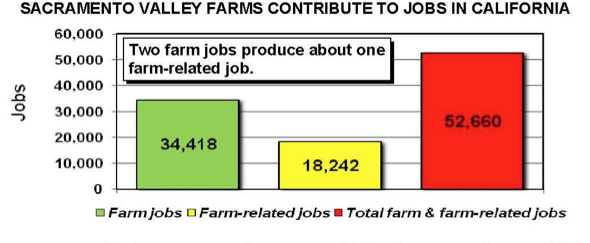
Sacramento Valley farmers are continually implementing new practices and infrastructure to increase efficient water management at the field, district and regional level. The challenge in implementing new water management and farming practices is to ensure that increasing efficiency at the local level will not jeopardize the benefits and values the water use provides to the environment or to other downstream water users. Put, differently, efficient water management decisions must be made with a clear understanding of the impact those decisions have on regional sustainability.
Sacramento Valley farming is generally very light on the land. Over the past several decades, landowners in the Sacramento Valley have employed farming practices that enhance the environmental values provided by the land. These practices include the establishment of buffer strips between fields and waterways, maintaining ditches and canals to provide habitat for listed species as well as migratory bird species, and inundation of harvested rice fields to provide habitat for migratory waterfowl, shorebirds, and salmon as well as avoiding the practice of burning rice straw.
